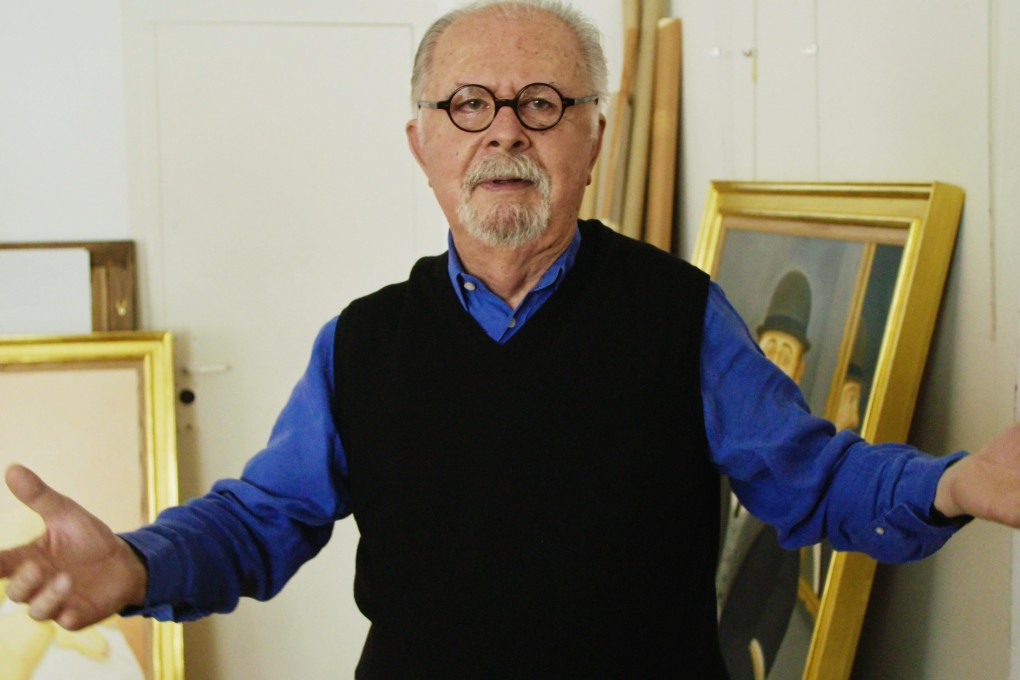Review | Botero movie review: documentary on Colombian artist Fernando Botero, one of world’s most famous living artists, leaves no stone unturned
- Those searching out a full picture of Colombian art star Fernando Botero and his work will be delighted by director Don Millar’s thorough approach
- Although the film veers dangerously close to veneration, the otherwise pedestrian documentary is enlivened by the artist himself, who proves a skilful narrator

3.5/5 stars
This in-depth documentary about Colombian art star Fernando Botero provides a careful analysis of his life and career.
Its rigorous approach to art history, which involves heady conversations with numerous curators and art historians, may prove too detailed for those with only a casual interest in modern art and the man himself. But those searching out a full picture of Botero and his work will be delighted by director Don Millar’s no-stone-left-unturned approach.
Botero is best known for his public sculptures, which generally depict large and rotund people and animals. He began as a painter but, highly ambitious from the start, he added sculpting to his skills when he realised that large-scale public art would increase his profile as an artist.
The film unspools in the typical television documentary fashion, running through the artist’s life in chronological fashion, interspersing the narrative with old photos and videos, and talking to his family and a slew of enthusiastic curator types.